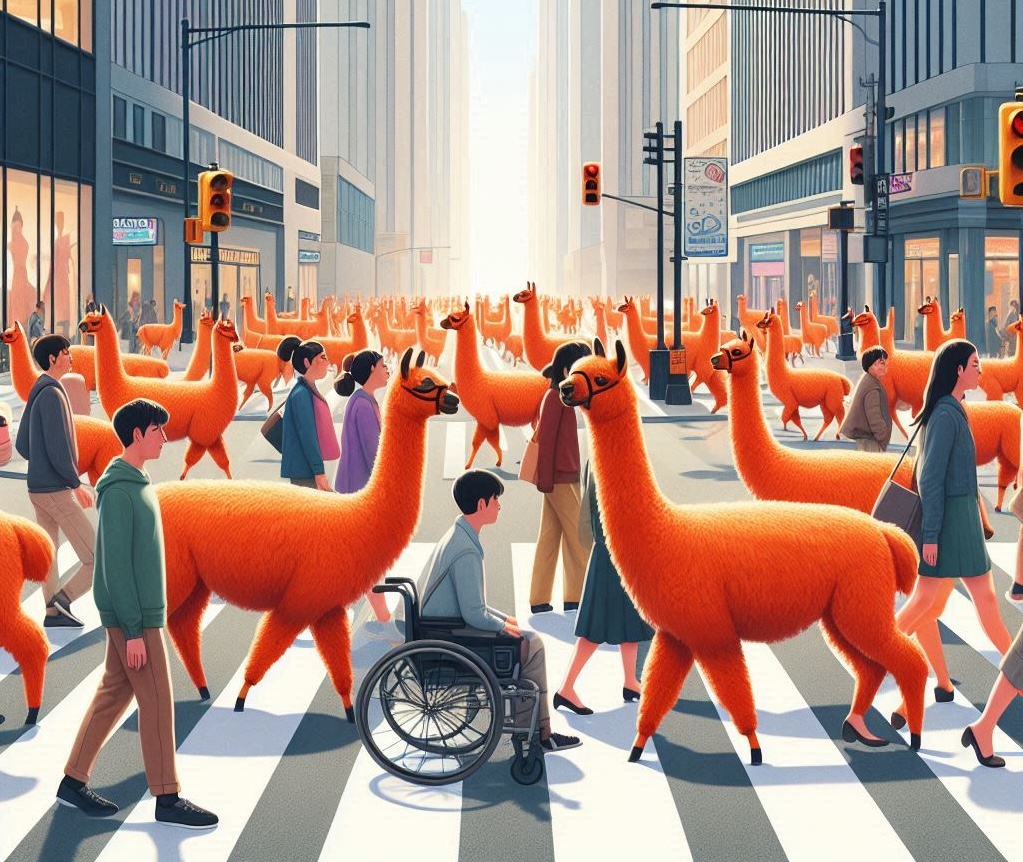UX Research and Body Language
-
Graziella Dramisino
- 11 Dec, 2023
- 02 Mins read

Let's discuss how body language can be crucial in a UX session or interview with a user. I was inspired by an article written by Michael Morgan. As UX designers, we tend to focus more on listening to the words of users rather than understanding their body language. We try to ascertain whether their opinions are truthful or not by paying attention to their words. However, reading the words on a page becomes easier as we age, but interpreting body language doesn't. We may notice that a person is reacting to something we say, but we don't necessarily devote enough time to interpreting what those gestures mean.
Numerous studies have shown that understanding gestures can enhance the effectiveness of our sessions. Experts suggest that when two individuals engage in a conversation, their gestures and emotions influence each other. To prove this theory, an experiment was conducted with a group of students who were asked to hold a pencil between their teeth, thereby forcing their mouth to either smile or frown while reading a story and providing feedback on its humor. The students who found the story funny were the ones whose face was forced into a smile. This experiment demonstrated that changing someone's facial expression can significantly impact their emotions and feelings towards the story. Therefore, it is worth questioning whether this same concept could be applied to UX sessions.
During a usability test or an interview, it's possible for a user to become defensive or unwilling to provide information. In such cases, experts suggest that if the test is on a computer, allowing the user to move closer to it might help. This could make them unfold their arms and become less defensive. Once people change their posture, they tend to give more feedback and talk more freely.
One way to improve data analysis is by detecting signs of lying, such as touching one's face or covering their mouth. However, it is important not to influence the user into giving desired responses. Therefore, creating a comfortable environment for the user to talk freely without fear of judgment is crucial. Fake gestures can't be sustained for long, and the truth often reveals itself through micro-gestures like sweating or blushing. Understanding and interpreting a user's body language can help researchers build empathy and rapport with the interviewee, leading to better quality data.







